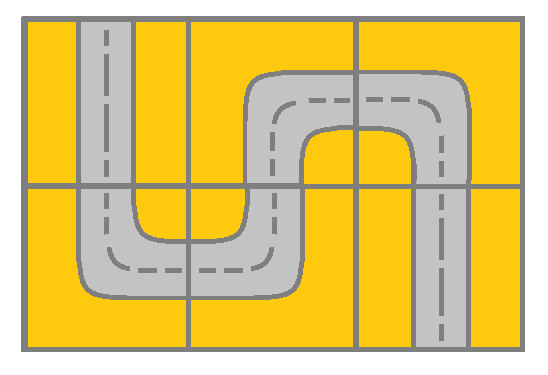5368. Find Lucky Integer in an Array
Given an array of integers arr, a lucky integer is an integer which has a frequency in the array equal to its value.
Return a lucky integer in the array. If there are multiple lucky integers return the largest of them. If there is no lucky integer return -1.
Example 1:
Input: arr = [2,2,3,4] Output: 2 Explanation: The only lucky number in the array is 2 because frequency[2] == 2.
Example 2:
Input: arr = [1,2,2,3,3,3] Output: 3 Explanation: 1, 2 and 3 are all lucky numbers, return the largest of them.
Example 3:
Input: arr = [2,2,2,3,3] Output: -1 Explanation: There are no lucky numbers in the array.
Example 4:
Input: arr = [5] Output: -1
Example 5:
Input: arr = [7,7,7,7,7,7,7] Output: 7
Constraints:
1 <= arr.length <= 5001 <= arr[i] <= 500
给定一个数组,定义幸运数字是它的值与它在数组中出现的次数相等的数,问数组中最大的幸运数字是哪个。
简单题,用一个map计数即可,代码如下:
class Solution {
public:
int findLucky(vector<int>& arr) {
map<int, int> lucky;
for (int i = 0; i < arr.size(); ++i) {
++lucky[arr[i]];
}
int max_lucky = -1;
for (map<int, int>::iterator it = lucky.begin(); it != lucky.end(); ++it) {
if (it->first == it->second) {
max_lucky = max(max_lucky, it->first);
}
}
return max_lucky;
}
};本代码提交AC,用时12MS。




